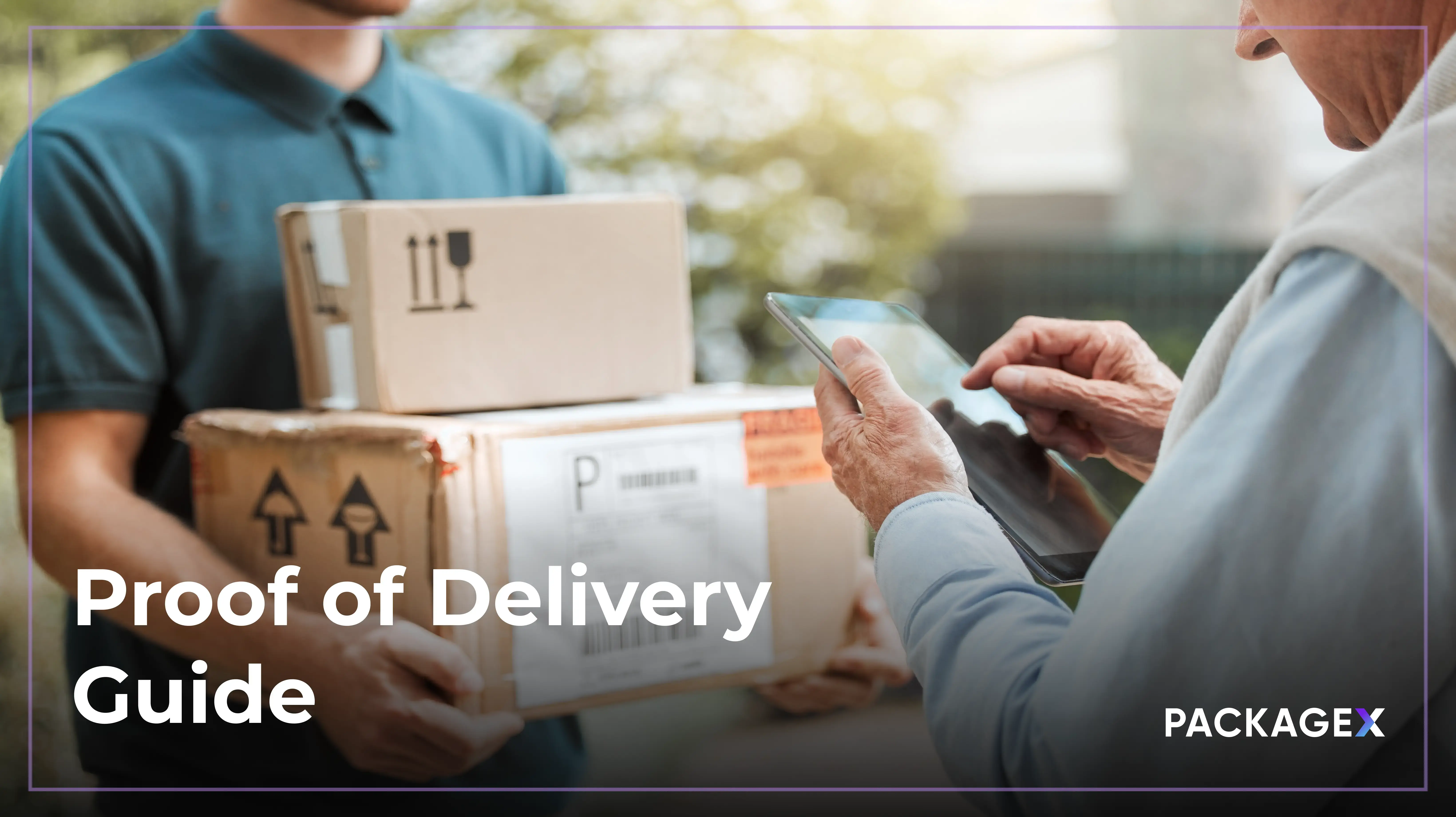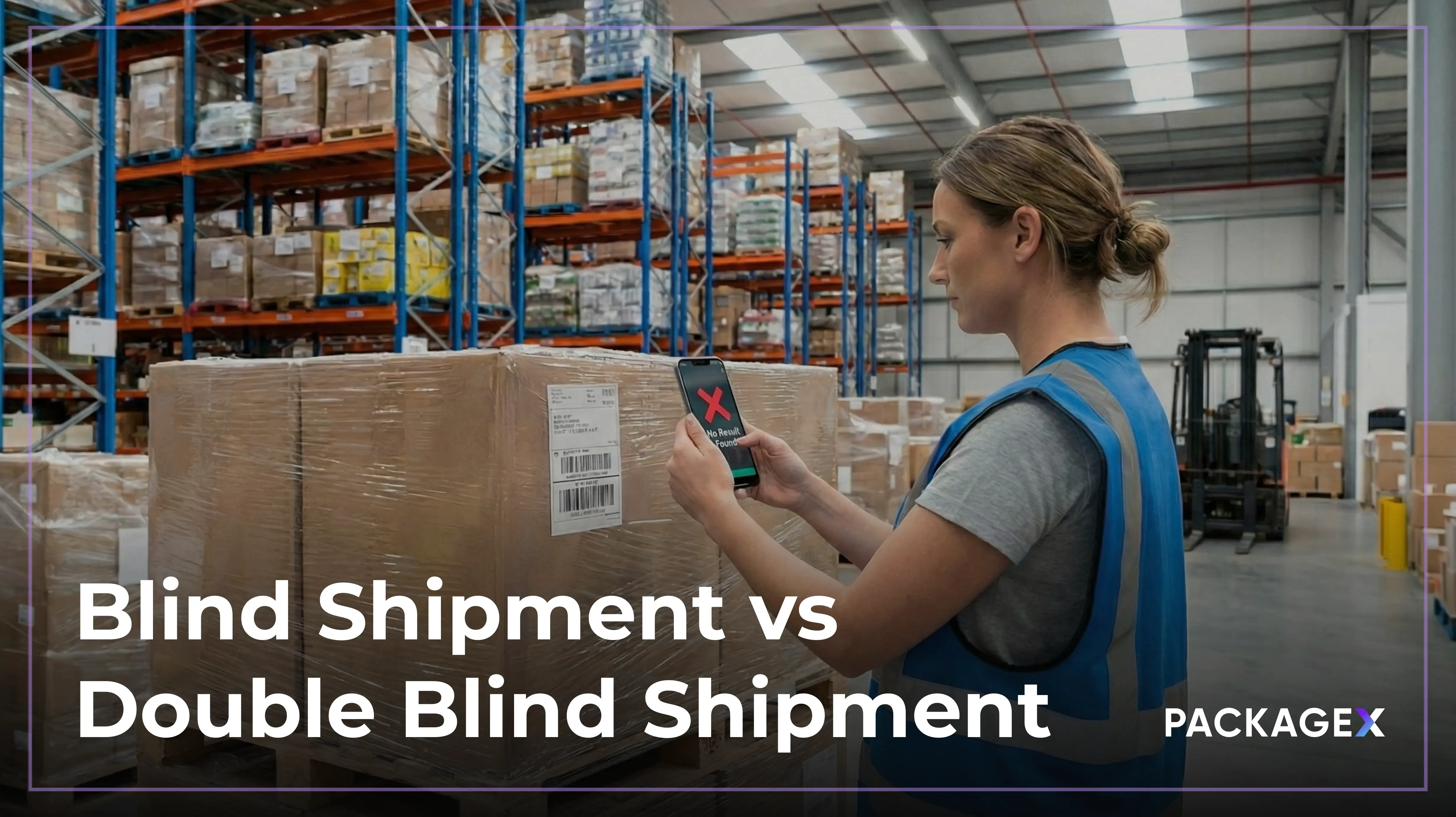In the fast-paced world of logistics technology, the balance between usability and reliability stands as a critical factor in ensuring seamless operations and customer satisfaction. What happened to Flexport customers last year serves as a cautionary tale, illustrating the potential pitfalls of placing too much emphasis on user interface (UI) at the expense of operational reliability.
The pitfalls of prioritizing sleek user interfaces
Flexport found itself in crisis mode as operational glitches and public drama eroded customer trust just before the 2023 holiday shopping season.
The supply chain and logistics platform, known for its visually appealing UI, faced skepticism from key clients like Sonos Inc. and Western Digital Corp when its software failed to provide timely notifications about critical issues. For example, one customer discovered that Flexport had outsourced orders to DoorDash which never delivered packages it was contracted to.
While a sleek UI may draw initial admiration, the Flexport case highlights the risks associated with half-baked delivery partnerships and questionable logistics infrastructure. As Flexport tried to reconnect with customers and address concerns, it became evident that balancing usability with reliability is paramount for logistics platforms.
The role of reliability in logistics technology
Reliability is the bedrock upon which successful logistics operations are built. In an industry where timely and accurate information can make or break a business, the importance of a reliable logistics platform cannot be overstated. What does reliability look like in this context?
1. Real-time tracking and notifications
A reliable logistics platform ensures customers have access to real-time tracking information. This not only empowers businesses to monitor their shipments but also enables proactive problem-solving.
Timely notifications about any deviations or disruptions in the supply chain also enable customers to take corrective actions promptly. For example, if the Flexport customer mentioned above was notified that packages were delayed or never delivered, they could have contacted shoppers instead of shoppers contacting them.
2. Data accuracy and integrity
Accurate and reliable data is the lifeblood of logistics. A platform that prioritizes reliability ensures that the data presented to users is precise and trustworthy. Inaccuracies can lead to shipping errors, misplaced inventory, and dissatisfied customers. Logistics companies must prioritize data integrity to build trust with their clientele.
This means capturing and digitizing data at every touchpoint. Leveraging technologies like barcode scanners and vision AI ensures systematic data recording throughout the supply chain. This approach enhances real-time tracking, enables swift issue resolution, and provides valuable insights for resilient and reliable logistics.
3. Consistent performance during peak times
Reliability is tested during peak seasons, such as the holiday rush. A logistics platform that can consistently perform at optimal levels, handling increased loads and maintaining efficiency, demonstrates its reliability. Flexports challenges heading into the 2023 holiday season underscore the importance of a platform that remains robust under pressure.
Striking the right balance: The PackageX approach
In the competitive landscape of logistics technology, our approach at PackageX revolves around striking the right balance between usability and reliability. We recognize that a visually appealing and intuitive UI is essential for user engagement, but we understand that it should complement, not compromise, the reliability of our platform.
It’s also worth noting that we do something much differently than Flexport. While Flexport aims to help companies manage freight forwarding, we aim to help companies manage end-to-end logistics operations. That said, we always consider the cautionary tales of Flexport and other logistics-related platforms when building PackageX. This has allowed us to create a revolutionary platform for warehouses, retailers, campuses, and carriers.
For these types of companies and other companies that must manage the movement of goods, we built our platform based on the following principles that improve upon the principles adopted by other logistics-related platforms.
{{returns-webinar}}
1. An uncompromising user-friendly interface
At PackageX, we prioritize creating a user-friendly interface that streamlines the logistics process. Our platform boasts an intuitive design that facilitates ease of use for both novice and experienced users. However, we ensure that the UI doesn't overshadow the critical functionalities required for reliable logistics operations.
In recognizing the dynamic nature of field logistics, it’s also worth underscoring the need for user-friendly and human-error proof applications. In this high-churn position, quick learning curves become essential. We understand this demand and go a step further by advocating for the evolution of field logistics technology.
Emphasizing the importance of tech that digitizes data and automates workflows, we advocate for solutions that transcend traditional web portals on laptops and desktops. To build trust in data integrity, PackageX champions the use of field logistics apps and robust APIs that seamlessly connect to other systems, ensuring a more efficient and reliable logistics ecosystem.
2. Robust and flexible infrastructure for seamless operations
Behind our visually appealing UI lies a robust and reliable infrastructure. We invest in cutting-edge technology like artificial intelligence to ensure real-time tracking, accurate data management, and consistent performance even during peak seasons.
In addition to our advanced UI and technology, we take pride in our flexible and interconnected logistics infrastructure, promoting the 'chain' concept within the supply chain. Unlike traditional logistics systems that impose rigid structures, we believe in adapting to our customers' operational and evolving needs.
Recognizing that every business operates differently, we empower our users to leverage pre-built apps or collaborate with us to build logistics tech tailored to their requirements. Whether utilizing our API or SDK for Vision AI, or integrating pre-connected APIs to streamline logistics from inbound to four-wall to outbound, PackageX offers the utmost flexibility to enhance efficiency and accommodate diverse business processes.
3. Sustainable growth strategy
Unlike companies that succumb to the allure of massive venture capital injections and rapid expansion, PackageX adopts a steady growth strategy. We believe in doing things right rather than rushing the process. This measured approach allows us to focus on continuous improvement, ensuring that our platform remains dependable as we navigate the dynamic landscape of logistics technology.
In conclusion, the Flexport crisis serves as a stark reminder of the delicate balance that logistics tech companies must strike between usability and reliability. At PackageX, we believe that this equilibrium is not just achievable but essential for sustained success in the industry.




